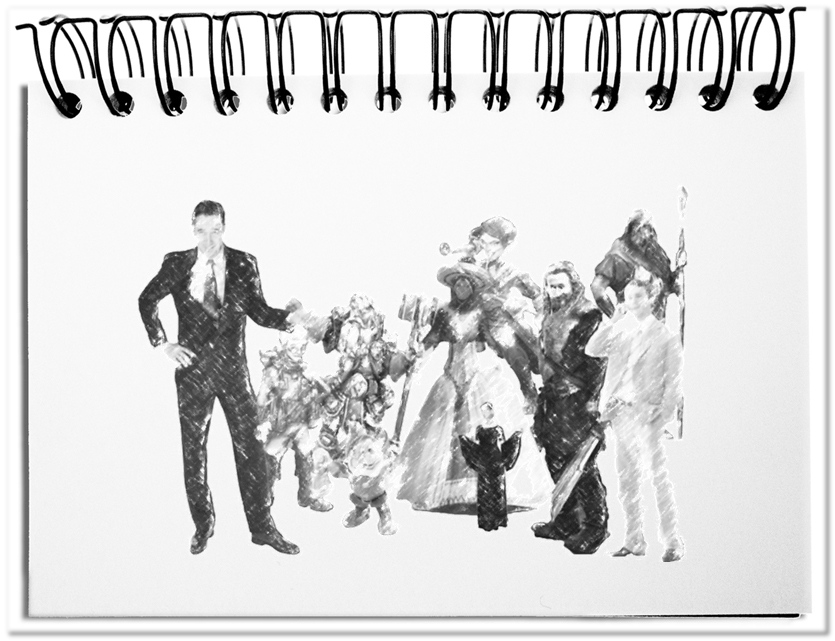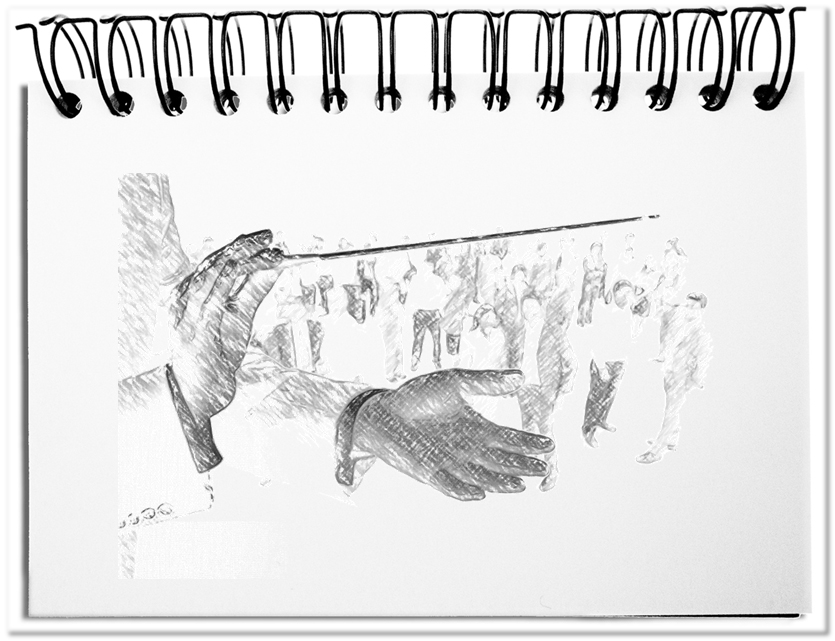The assignment of job positions in a project is a crucial moment in the early phase of temporary, nonrecurring activities. Ideally the best employees are envisaged for the task. Although this is always a good approach, they are often not available. In this case, it is incumbent on the project managers to set up the best possible work group. They determine with the variety of the characters the fitness of the team. The project managers arrange the team based on the required roles and the attitudes of the available employees. The roles consist of the concrete tasks, authorities and the respective responsibility. Additionally, the existing knowledge and the abilities are compared with the necessities and respectively adjusted to each other. The team that exploits the plus of complementary project members will be the strongest.
Complementary project teams are set up in a way that as many as possible, supplementing activities and abilities are available. The following hints support the setting up of temporary, multilayered work teams.
- Skillful distribution of the tasks
The overview of the work packages consists of the planned tasks for guiding or executing core or support processes. They should describe briefly the entire activity without overlaps. Two to three sentences are sufficient to summarize the task comprehensibly without getting lost in unnecessary details. Double work becomes visible by comparing the activities. It will be dissolved through clear assignments to work packages. - Non-overlapping authority
The rights that a task require, in order to timely and completely be attainable, should be eventually clearly assigned. This includes the right to accomplish certain activities as well as the authorities to give instructions to others, to define guidelines as well as to control the fulfillment of the tasks. The format for the authorization can be specified more or less bureaucratically. - Clear responsibilities
The duties that exist for a task, not only pertain to the acts, but also to the outcomes and consequences of an activity. Since conflicts are minimized with clear decision procedures, the competencies should be assigned as clearly as possible. On the one hand it concerns the sole responsibility for the own activities, but also for the doing of the directly assigned employees. On the other hand joint responsibility exists for decisions that are made in the management team and which one must pay for as being part of the team. The more consistent the obligations are the fewer friction losses result from contradictory duties. - Additional abilities
The abilities that are required for a role consist of the four areas business, method, social and system skills (see http://www.memecon.com/skill-model.html). Since the skills are naturally distributed with different degrees of detail on the entire field of knowledge, you reach through a smart combination to set up a team on the broadest possible base (see http://www.memecon.com/t-model-of-skills.html). The know-how should be evenly distributed on specialist knowledge and overarching know-how.
The project leaders need a well mixed team that covers as many requirements as possible. The remaining rest must take place via Learning on the job. A monotonous team, in which all employees have very similar characteristics, is less counterproductive, since the missing ones endanger the project thereby. If for example all employees fulfill detail tasks, the integrating task managers are missing, who overlook the overall view. Or in reverse, if all employees survey the project, there is nothing to integrate, since nobody produces something.
Bottom line: The project leaders already have a large influence on the positive outcome of the project with the selection of the project members. They can ensure that the necessary roles are completely available and covered without overlaps. Beyond that, they determine to what extent the employees complement each other by assigning different personalities to the project. If the project leaders do not create a positive tension in the team, it loses quickly their energy and resilience. With complementary teams the project leaders use the advantages of variety and the personal oppositeness for the sake of the project.


